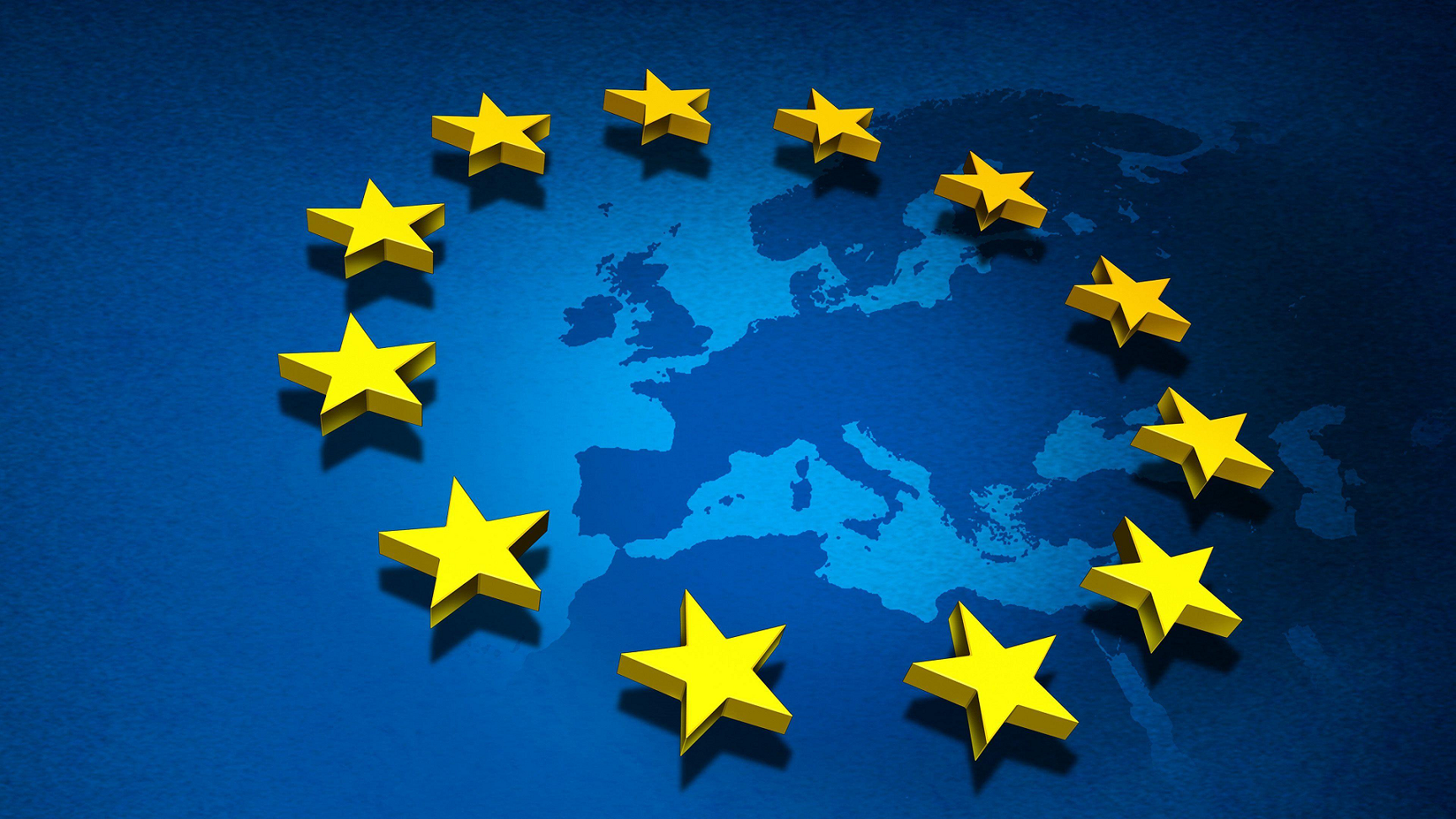EU Advances Centralized Regulation for Crypto Firms and Stock Exchanges

The European Union is preparing to shift oversight of key financial players, including cryptocurrency companies and stock exchanges, to its central markets regulator. Verena Ross, chair of the European Securities and Markets Authority, shared details of these emerging plans in a recent interview with the Financial Times. This move aims to streamline rules across the bloc and foster a more unified capital market.
Under the proposals from the European Commission, supervision of various financial market segments would move from national bodies to ESMA. Ross highlighted how this consolidation could drive greater integration and enhance Europe's position in global finance. She pointed out that current fragmentation hinders efficiency, especially as the bloc seeks to attract investment for major initiatives.
The initial blueprint for the Markets in Crypto-Assets regulation included ESMA as the primary watchdog for crypto service providers like exchanges and custodial wallets. However, concerns over ESMA's capacity led to leaving this responsibility with national authorities when MiCA took effect earlier this year. Ross noted that this setup has led to duplicated efforts and slower progress in the rapidly expanding crypto sector.
Stay In The Loop and Never Miss Important Crypto News
Sign up and be the first to know when we publishOvercoming Fragmentation in EU Financial Oversight
National differences have long complicated the push for a cohesive capital market in Europe. ESMA, formed in 2011 to promote uniform standards, still shares duties with the 27 member states' regulators. Ross explained that despite initiatives like the capital markets union, diverse market setups across countries have made full harmonization challenging.
A report by former European Central Bank president Mario Draghi last year called for transforming ESMA into a unified regulator akin to the U.S. Securities and Exchange Commission. This vision positions such a body as essential for revitalizing Europe's financial landscape. Smaller nations with robust financial hubs have voiced resistance, worried about losing influence over their industries.
Luxembourg and Malta, key players in crypto and fund management, have raised particular objections. In July, ESMA flagged shortcomings in Malta's approval process for a pan-EU crypto license, where risk assessments fell short for one firm. Luxembourg's financial watchdog head, Claude Marx, warned that centralizing fund supervision at ESMA could overwhelm the system.
Despite these hurdles, external pressures are accelerating the shift. Europe's growing needs in defense spending, renewable energy, and digital infrastructure demand fresh private capital flows. Ross emphasized that the urgency to dismantle barriers has intensified at both EU and national levels, creating momentum for reform.
ESMA has already expanded its role following Draghi's recommendations. Starting next year, it will oversee providers of consolidated tapes for real-time equity and bond data, as well as ESG rating agencies. EU financial services commissioner Maria Luís Albuquerque recently indicated proposals to hand ESMA authority over major cross-border entities, encompassing stock exchanges, crypto operations, and clearing houses.
Albuquerque stressed the need to adapt ESMA's governance to handle these responsibilities effectively. Options under review draw from established models of centralized oversight in other areas. This evolution could mark a turning point for how the EU manages its financial ecosystem, particularly in the volatile world of digital assets.
For the crypto industry, these changes promise clearer rules and reduced redundancy. Building expertise 27 times over at national levels drains resources that could fuel innovation at a continental scale. As MiCA implementation ramps up, ESMA's coordinating efforts aim to align practices without stifling growth.
The broader financial sector stands to benefit from a more competitive framework. Investors may find it easier to navigate a single set of standards, boosting cross-border activity. While debates persist among member states, the drive for efficiency appears unstoppable amid Europe's strategic priorities.

